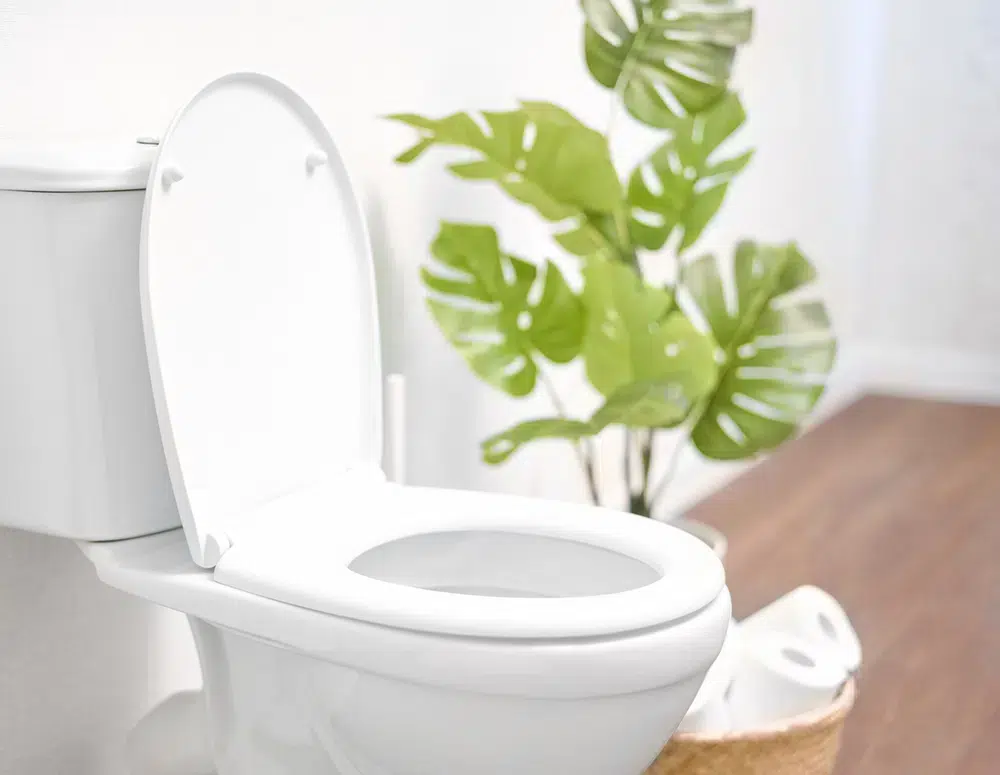
Ever entered your bathroom only to find a pool of water around the toilet or heard the sound of running water when the toilet isn’t in use? This can be a sign of a leaking toilet hose, which far too many homeowners and renters experience at different points in their lives.
Unfortunately, a leaking toilet can cause floor damage, increase water bills, and even pose a health hazard if not dealt with quickly and properly. This makes it crucial to address leakages, even minor seepages before they become a bigger problem.
Telltale Signs That Your Toilet Is Leaking
We’ve already mentioned finding a puddle of water on the floor around the toilet and hearing the sound of running water even when the toilet isn’t in use as some of the main signs of a leaking toilet. However, they are not the only signs to look out for. Here are four other signs that indicate that your toilet is leaking:
- The toilet has become loose from the floor and it feels unstable when you sit on it
- There’s water seeping from the base of the toilet
- Your toilet tank is taking longer than usual or failing to fill completely
- The flush is not working well or has completely stopped working
Culprits Behind Toilet Leaks
There are several possible culprits behind toilet leaks. Some of the most common include:
Misaligned Flush Valve Assembly
Inside the toilet tank are several pieces that work together to make the flushing motion possible. One of those components is the flush valve assembly, which includes a ballcock and an overflow tube. If this assembly is not properly aligned with the drain, water will dribble out of the overflow tube into the bowl or onto the floor.
Worn-Out Toilet Flapper
The flapper is a rubber seal in your toilet’s tank that works like a valve. When the flapper is triggered, the water stored in the tank flows out into the bowl, allowing you to flush. If there are any small cracks or other signs of wear on the flapper, it won’t close properly after each flush and this will lead to small leaks over time.
Loose or Worn-Out Seals
Over time, seals around the toilet tank and base can wear down due to the continual shrinking and expansion of the rubber material. As this occurs, the fit between the tank, base, and water line connections becomes loose. This can cause water to seep into areas where it should not be and create a leak.
A Damaged Float
Basically, the float determines how much water your toilet’s tank holds. It’s usually placed inside the tank and will float when water fills it. If the float becomes damaged, loose, or stuck in any way, the toilet will be unable to keep track of how full it should be and may continue to fill until it starts to leak.
Damaged Toilet Bowl or Tank
Cracks, even small ones, can cause significant damage in a toilet bowl or tank. The porcelain and ceramic materials used are quite thin and can start to chip away at the slightest sustained pressure, such as constant use and weight of the water inside. When this happens even slight amounts of water leakage can occur on the floors and walls around the toilet.
As you can see, a leaking toilet is nothing to be trifled with. If you notice any of the signs highlighted above, it’s important that it be taken care of quickly or else the damages can worsen and lead to extensive and expensive toilet repairs.
As always; the professional plumbers at G&C Plumbing & Heating are here to help. We have the knowledge and expertise to quickly identify the underlying cause of your plumbing woes and determine the best solution to get your home secure, safe, and fully operational again.
Call (508) 966-8919














